Massive ‘Planet Killer’ Asteroid Will Pass By Earth This Week
A massive asteroid known as 2011 UL21 will make a close approach to Earth this week, traveling at around 58,000 mph.
This “planet killer” asteroid is one of the largest to pass by our planet in over a century, offering a rare opportunity for observation.
What is 2011 UL21?
2011 UL21 is a near-Earth asteroid with an orbit that occasionally brings it within 1.3 astronomical units of the sun.
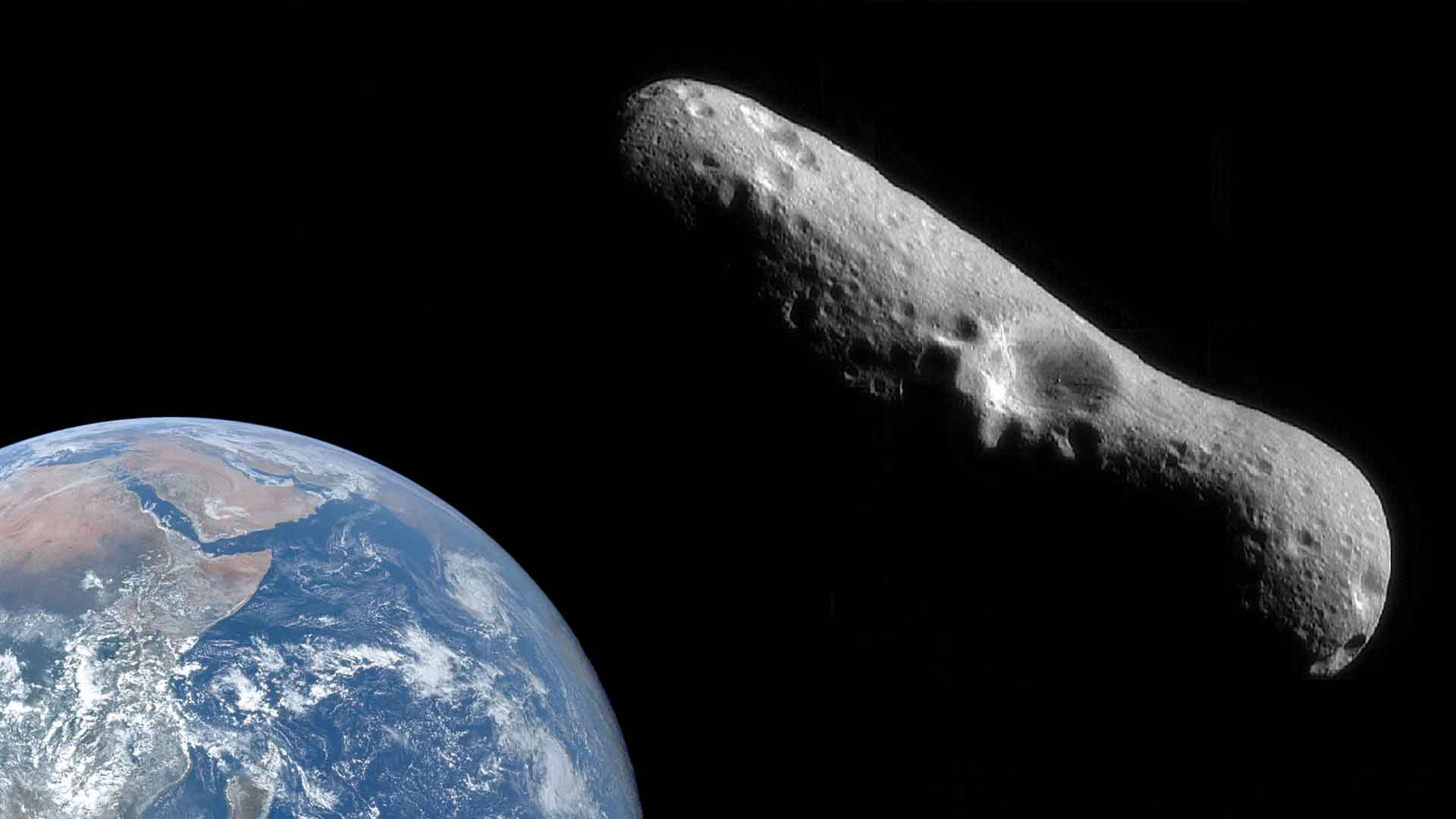
Source: NASA/Newsmakers; NASA/Apollo 17 crew/Wikipedia
With a diameter between 1.1 and 2.4 miles, it ranks larger than 99% of known near-Earth asteroids
Historical Comparison
While 2011 UL21 is much smaller than the Vredefort asteroid and the one that wiped out the dinosaurs, it still poses a significant threat.
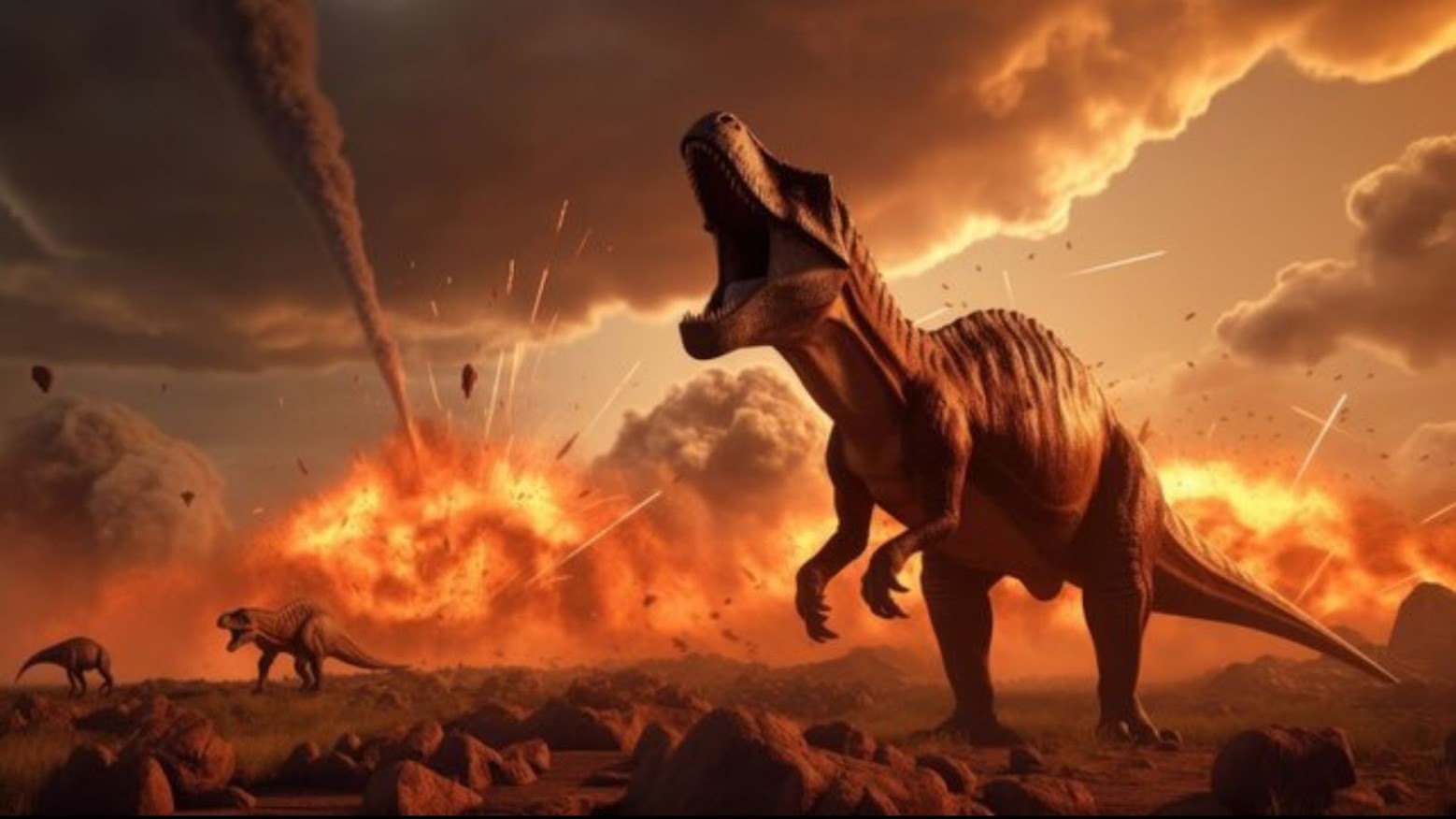
Source: Adobe Stock
An impact could cause continental-scale damage and trigger significant climatic changes, earning it the nightmarish title of “planet killer.”
Close Encounter Details
On June 27, 2011 UL21 will pass by Earth at a distance of 4.1 million miles, closer than it’s been in at least 110 years.
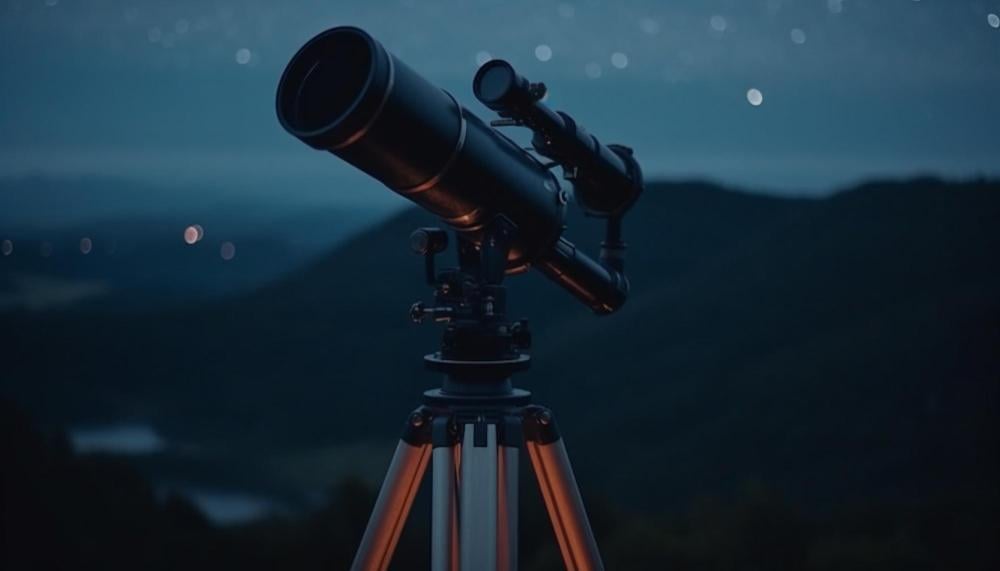
Source: Freepik
Although this distance is 17 times the gap between Earth and the moon, it is still classified as potentially hazardous by NASA.
Safe Distance
Despite being classified as a “planet killer,” 2011 UL21 poses no imminent threat to Earth.
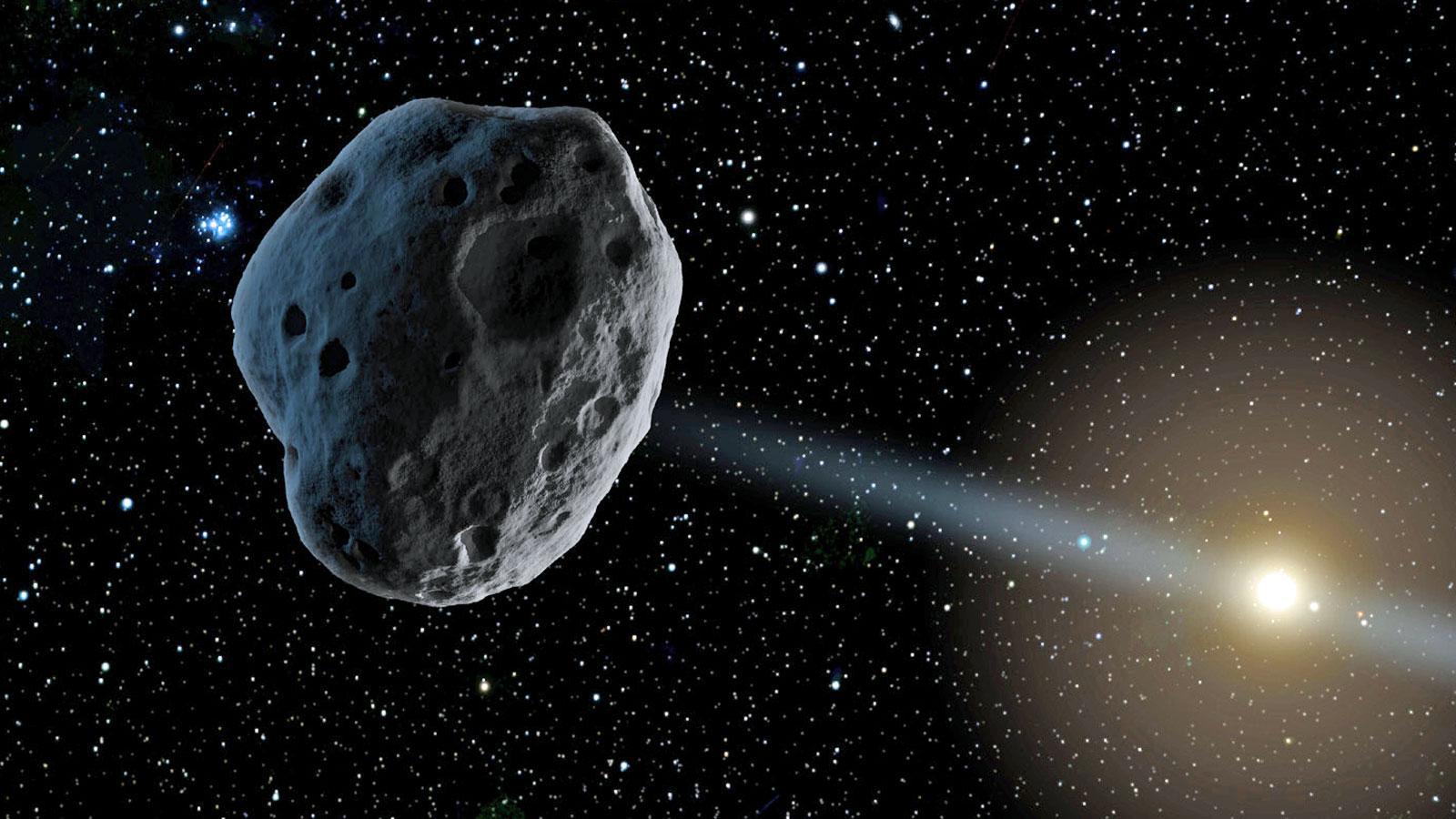
Source: Wikimedia
NASA’s Jet Propulsion Laboratory confirms that there is no danger of impact now or in the foreseeable future, allowing for safe observation.
Watch the Live Stream
You can watch the asteroid’s closest approach via a free livestream from the Virtual Telescope Project.

Source: Andrea Piacquadio/Pexels
The stream, broadcasting from Italy’s Bellatrix Astronomical Observatory, starts at 4 p.m. ET on June 27, with the closest approach expected 15 minutes later.
Spotting 2011 UL21 in the Night Sky
For those with a telescope, the asteroid will be visible from the Northern Hemisphere on June 28 and June 29.
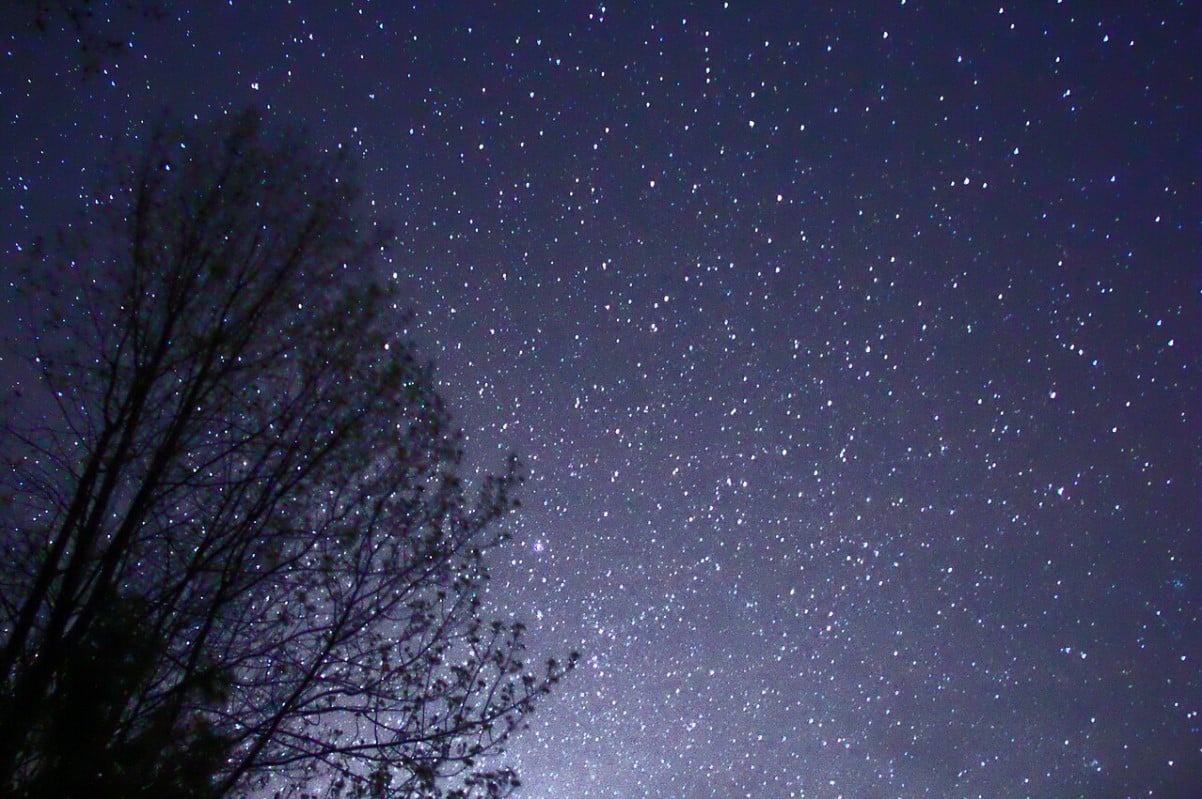
Source: Wikimedia
When it’s at its peak brightness, 2011 UL21 will shine as brightly as Proxima Centauri, the closest known star to our sun.
Future Approaches
2011 UL21 won’t come this close to Earth again until 2089, when it will pass within 1.7 million miles.

Source: Wikimedia
This future encounter will be over two and a half times closer than its current approach, based on JPL simulations.
Asteroid Monitoring
Continuous monitoring and studying of near-Earth objects like 2011 UL21 are crucial.
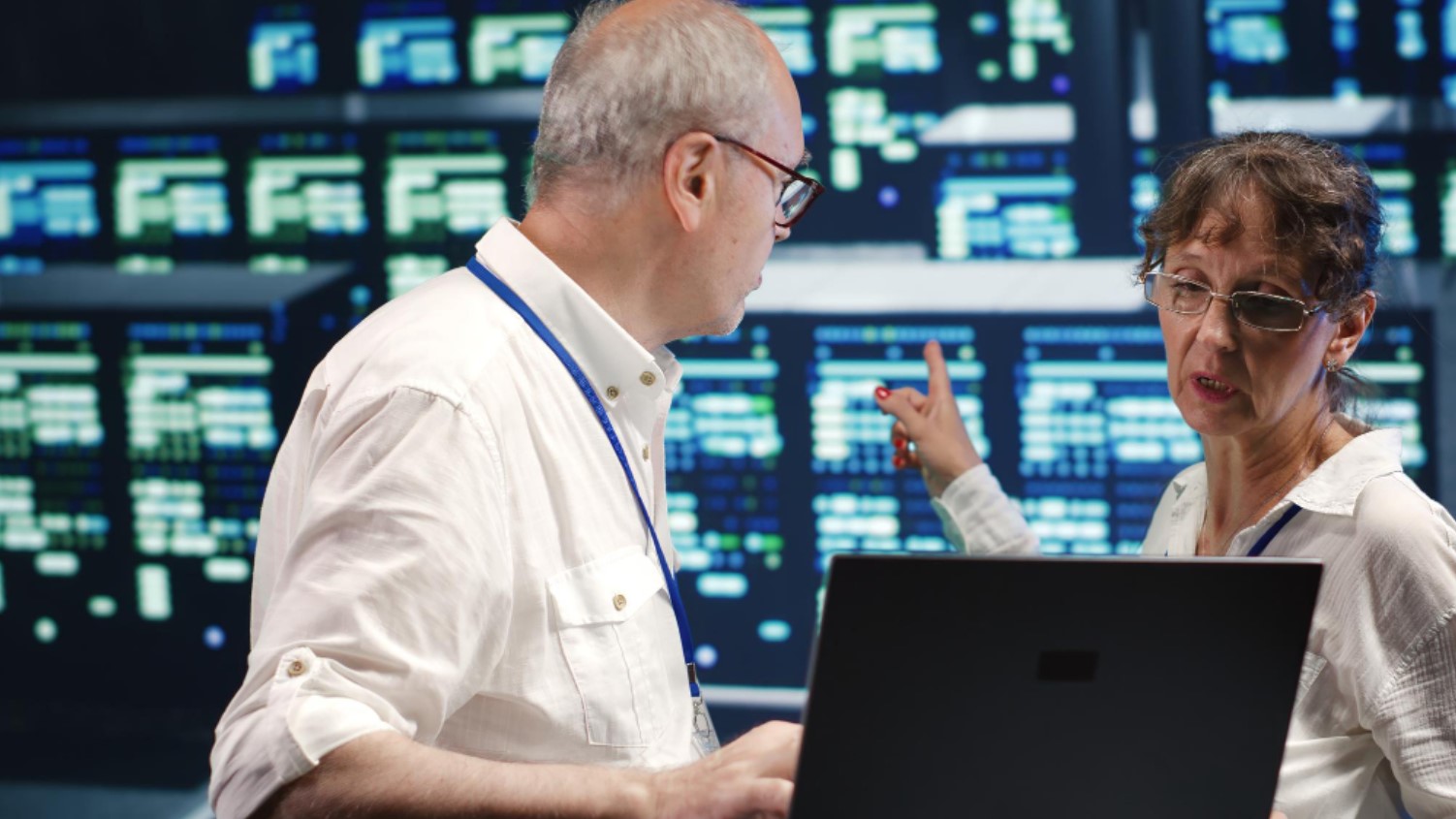
Source: Wikimedia
These efforts help scientists understand their trajectories and potential impacts better, ensuring the safety and preparedness of our planet.
The Threat of Smaller Asteroids
While there is no known threat from any planet-killer asteroids for at least the next 1,000 years, smaller asteroids will have close encounters.

Source: iStock
For example, the asteroid Apophis will pass closer to Earth than some satellites in 2029, highlighting the need for ongoing vigilance.
Importance of Astronomical Observations
Observing events like the approach of 2011 UL21 provides valuable data for astronomers.

Source: Joe McNally/Getty Images
This data helps refine our understanding of asteroid orbits and improve prediction models, which are essential for planetary defense strategies.
Public Engagement in Astronomy
Events like the close approach of 2011 UL21 also engage the public in astronomy.
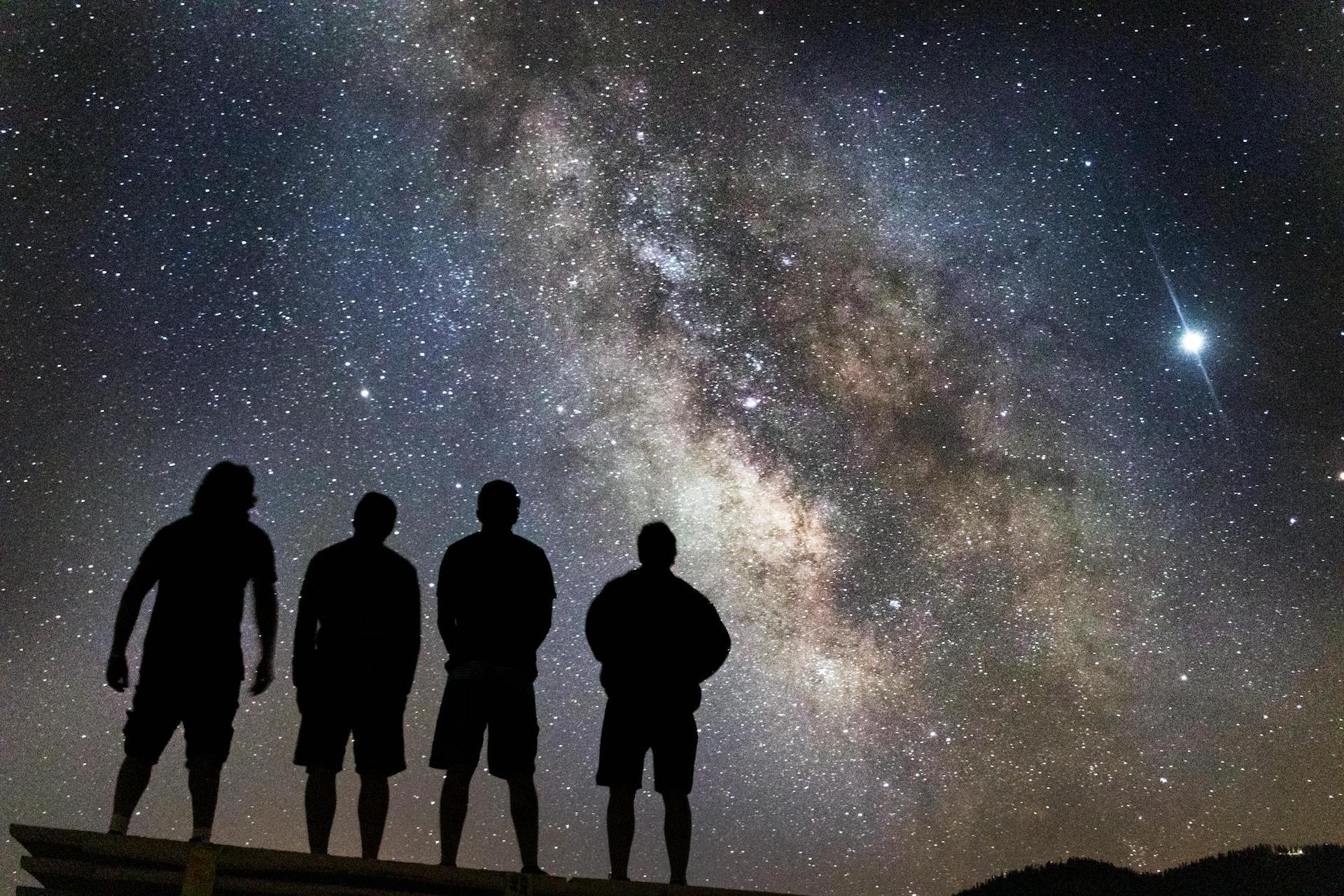
Source: Kendall Hoopes/Pexels
By offering livestreams and encouraging amateur observations, these events help foster a greater interest in space and science among people of all ages.
